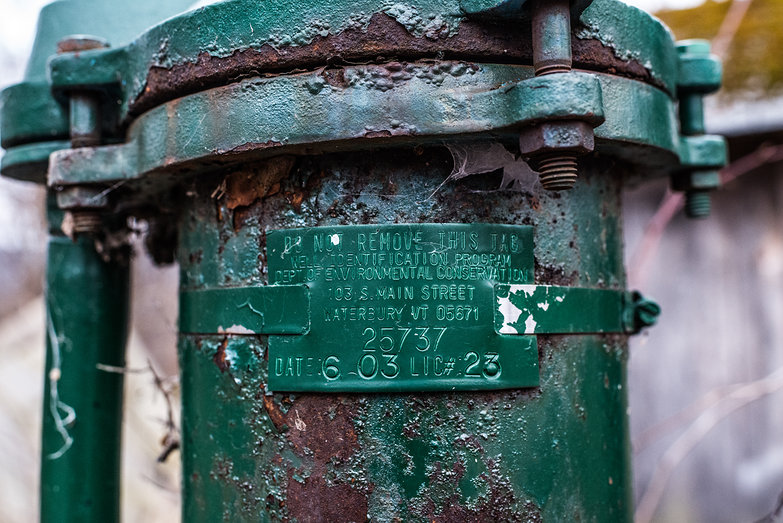Our property was one of the only potential sites we visited during our land hunt which already had a drilled well. Its standard 6" casing was a whopping 400ft deep, it had a static level of 80ft, and a measured recovery rate of 2 gallons per minute. Pretty sweet! Last week, I asked the company who installed it how much it would cost to drill today. I was more than a little pleased we didn't have to pay for it when I learned it would run us at least $6,000.

Returning to the details of our well: the static level refers to the depth at which water naturally stabilizes under non-pumping conditions, and the recovery rate is how fast it will return to that level after water has been pumped out. As it turns out, our recovery rate of 2 gallons per minute is rather slow, that's why the well is so deep.
One foot of 6" pipe will hold about 1.5 gallons of fluid, which, after taking our static level into account leaves us with about 320ft in pumping depth. Basically, it doesn't really matter that our recovery rate is slow—our well casing acts as a 480 gallon underground buffer tank. If we ever need more than that on-demand we probably need a fire truck, not a well.
At the bottom of the casing there is a 3/4HP electric pump. Unfortunately, starting it requires at least 4000 watts of electricty, which is double what our generator is capable of providing. Even if we could power the pump it probably wouldn't make sense as long-term solution, given our desire to be off-grid.

Thankfully, there is a company out there who understands just what we're trying to do, and they have a product perfectly suited for the job: Simple Pump. Their hand-powered pumps can pull water from the bottom of a well as deep as 350 feet. Not only that, but you can swap the pump handle for a power-sipping 12V or 24V DC motor in about 10 minutes. Coming up, we install one ourselves!